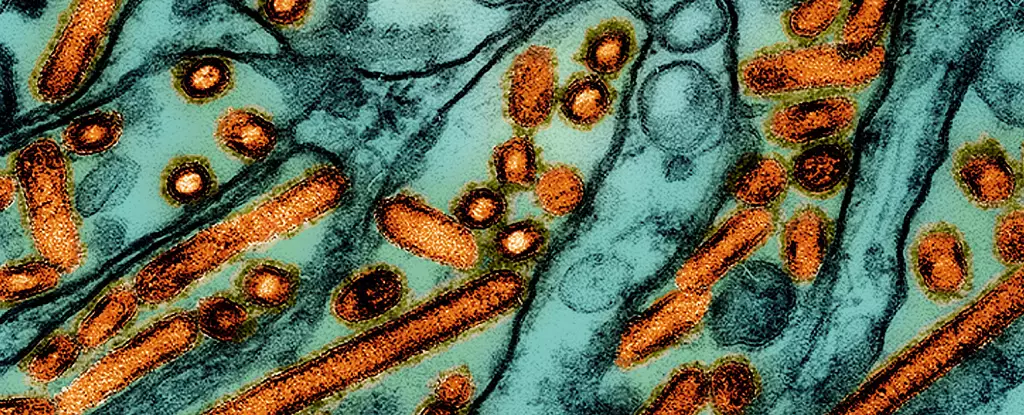The recent discovery of a second case of bird flu in a human in the United States has raised concerns about the potential spread of the virus. This new case, detected in Michigan, comes less than two months after the first case in Texas. Both individuals infected with the H5N1 virus were dairy farm workers who experienced only mild symptoms and have since recovered. Despite the low risk assessment for the general public by the US Centers for Disease Control and Prevention (CDC), there is a possibility of more cases emerging due to the widespread circulation of the virus among dairy cows.
The CDC has warned that due to the high levels of the virus in raw milk from infected cows and the extent of the spread of the virus in dairy cows, there is a likelihood of more human cases being identified. The latest case in Michigan was detected in a worker on a dairy farm where the H5N1 virus had been previously identified in cows. This highlights the potential for zoonotic transmission of the virus from animals to humans, particularly those in close contact with infected livestock.
As of Wednesday, a total of 52 US herds have been infected with bird flu across nine states. The US Department of Agriculture (USDA) has identified spread between cows within the same herd and between dairies associated with cattle movements. However, sick cows have shown the ability to recover with little to no associated mortality when treated promptly. The USDA has provided financial aid to affected farms to assist in containing the outbreak, including providing protective equipment for employees to prevent further transmission.
While the current H5N1 strain has resulted in the deaths of millions of poultry during the current wave, affected cows have not shown severe symptoms. The discovery of virus fragments in pasteurized milk has raised concerns, but health authorities assure that milk sold in US stores is safe due to the effectiveness of pasteurization in killing the disease-causing agents. There is currently no evidence of human-to-human transmission of the virus, but health officials fear the potential for the virus to mutate into a form that could be transmissible between humans.
Avian influenza A(H5N1) has been a concern since its emergence in 1996, with a growing number of outbreaks in birds and an increase in infected mammals. The recent cases of bird flu in humans in the US highlight the need for continued surveillance and monitoring of the virus to prevent further spread and potential threats to public health. It is crucial for authorities to implement measures to contain the outbreak and protect both animals and humans from the impacts of the H5N1 virus.



Leave a Reply